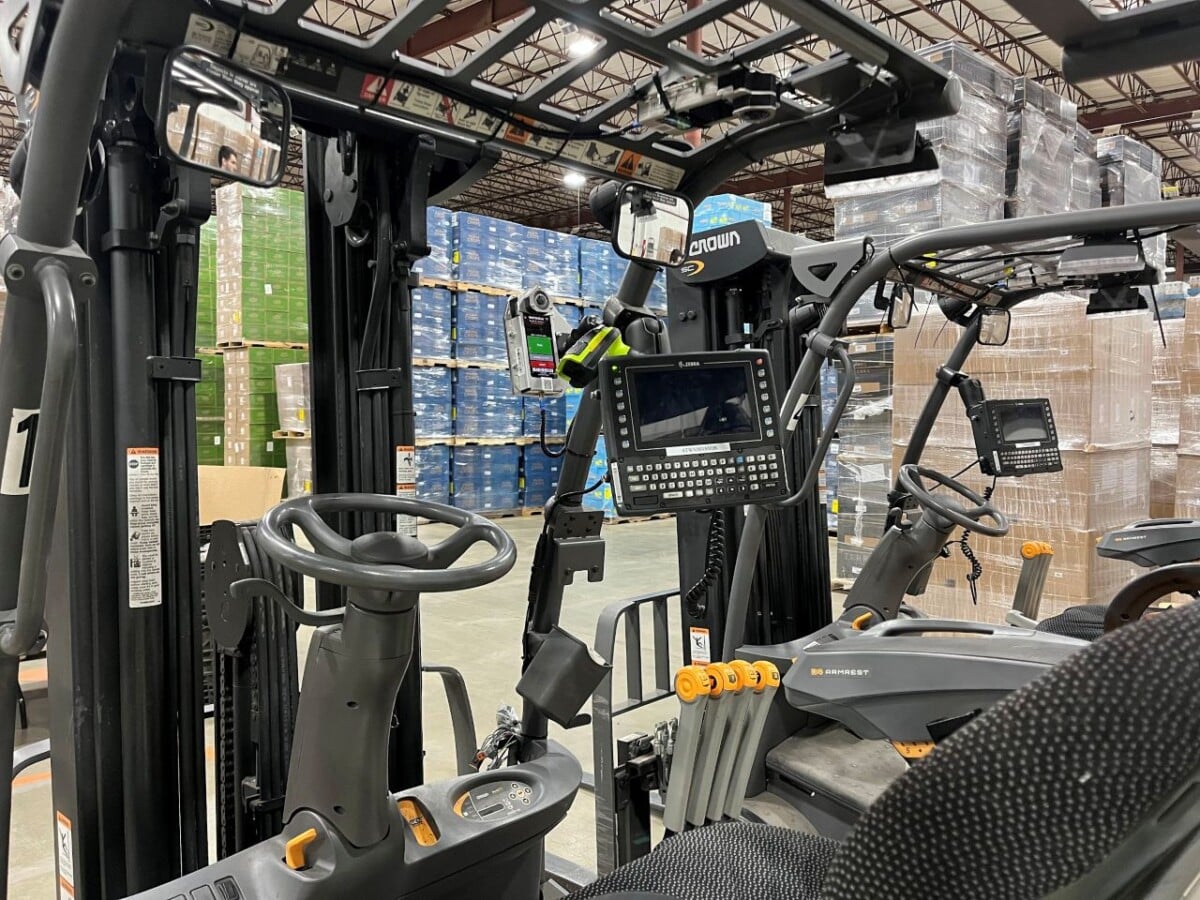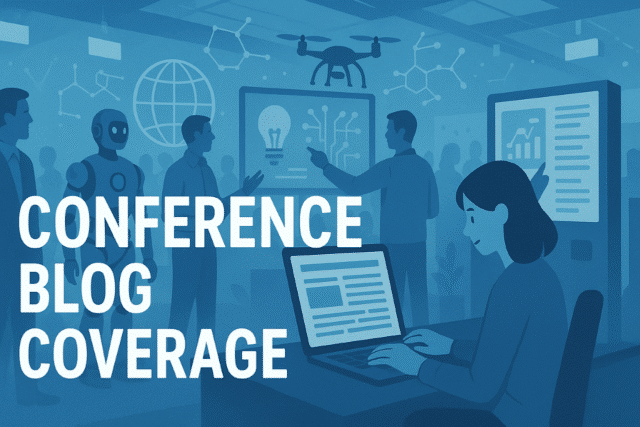How AI Connects Physical Operations to Digital Intelligence

A foodservice distribution warehouse is a complex place. Distributors need visibility into all corners of a facility to understand aspects such as productivity, safety and quality — but too often this need isn’t met.
That is why there is more focus on connecting physical operations to digital intelligence. This can be accomplished by leveraging artificial intelligence supported by information from sensors, camera vision and an organization’s own data.
A workshop at the IFDA Solutions Conference will explore this topic on Monday, September 29. The session is called “The Blueprint to Future-Proof Your Warehouse Operations.”
The speakers are Marc Gyöngyösi, founder and CEO, OneTrack, and Chris Schatz, senior manager, Kellanova.
Gyöngyösi will describe how his company’s AiOn platform helps drive warehouse success for this industry. OneTrack will also be exhibiting at the IFDA expo in booth 215.
We asked Gyöngyösi to share his perspectives about emerging technology for warehouses, misconceptions on the use of AI in these facilities, and the future of AI in foodservice distribution. Here are excerpts from his responses to our questions.
Why is it important to connect physical operations to digital intelligence in a foodservice distribution warehouse?
The future of all physical operations is AI-driven. Using AI to optimize operations enables businesses to operate at a larger scale with fewer errors, higher throughput, and dramatically reduced waste.
The challenge today is that most physical operations rely on manually entered data that is incomplete, inaccurate, and delayed. This creates blind spots that lead to inefficiencies, safety risks, and quality issues. The key to bridging the gap between physical operations and digital intelligence is automated data capture – creating a real-time, accurate digital twin of warehouse operations that enables AI to deliver actionable insights when and where they matter most.
Why is AI useful for this need in warehouses?
AI excels at finding patterns and analyzing vast amounts of data in a fraction of the time required by humans. It’s the synthesis of insights from disparate systems that’s game changing and easier than ever before. Since warehouse operations typically rely on numerous point solutions, traditional integration would demand extensive engineering work and ongoing maintenance. AI eliminates this burden by working across data silos naturally.
What are the biggest misconceptions in foodservice distribution about the use of AI in warehouses?
The biggest misconception is that AI will replace human workers. In reality, AI augments human capabilities – handling repetitive analysis and pattern recognition so teams can focus on strategic decisions and exception handling. Another misconception is that AI implementation requires massive upfront investment. AI applications can start small and deliver value immediately, focusing on high-value use cases and expanding with confidence.
What do you see as the future of AI in foodservice distribution, especially for warehouses? How might it evolve over time?
We’re in the early innings of AI’s transformation of logistics, warehousing, and foodservice distribution. As purpose-built agentic AI systems mature and data sources converge, operators will gain real-time intelligence to optimize every process point – from safety protocols to inventory management. This represents a fundamental shift to predictive operations.
We often hear, “my team doesn’t have the time to do the analysis.” So, what was once limited to bandwidth will become continuous, autonomous optimization. We’ll see AI agents that not only identify issues but also coordinate responses across systems, schedule preventive maintenance before failures occur, and dynamically adjust operations based on demand forecasts. The warehouses of tomorrow will be self-optimizing ecosystems where AI ensures peak performance while human expertise drives strategy and innovation.
The photo is provided by OneTrack and shows sensors on forklifts that deploy camera vision AI and support the analytics layer of the company’s solution.
Article authored by freelance writer David Orgel.
